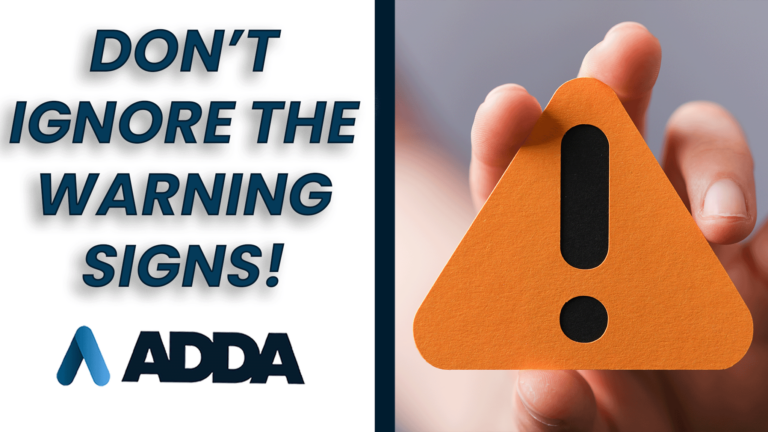Considering around seven out of ten Americans spend time on at least one social media site, it’s worth your time to implement a social media policy into your employee handbook. These policies guide employees’ social media usage at work, on business accounts, and even, to an extent, after hours.
Your social media policy isn’t there just to kill the fun or limit expression. Essentially, it serves to maintain focus at work and convey your employees’ responsibility as representatives of your company. For example, if you’re a private company, you have much more latitude around establishing consequences for social media usage outside work. Really, though, the goal of this document is not inherently punitive.
Simply put, you want your team to work when they’re at work and to communicate effectively and respectfully both in and outside of it. It establishes clear boundaries and expectations for everyone to follow. In this blog, we’ll lay out what to consider when implementing a social media policy.
Benefits of a social media policy
Your social media policy serves as a friendly reminder about proper conduct concerning your company and a safeguard against inadvertently releasing private information. As such, this policy and its guidelines don’t need to be particularly complicated to be effective.
However, once implemented, your employees will better understand what it means to represent your brand online. They’ll see what you’re trying to communicate with your online presence and how allowing them to effectively discuss your company in posts or in response to comments.
Additionally, you’ll give your team a set of abundantly clear guidelines about what kind of information is safe to share publicly. People only know what they know; don’t assume any more or less. So make sure your team knows where the boundaries are about company information.
Finally, your social media policy isn’t silencing your employees. On the contrary, in most cases, you want them to be active online! With transparent expectations in place, they can be your greatest brand ambassadors. So what should this policy include?

What to include in a social media policy
Your company’s final social media policy may have some quirks or variations that aren’t mentioned here, but these items will set you in the right direction. Now, you’ll want to address this from two sides: company and personal social media usage. Your company’s social media references your business’s actual accounts (i.e., LinkedIn, Twitter, Instagram, etc.) while the personal point to your employees’ accounts.
First, consider laying out what you define as social media. You don’t need to go into too much detail here; most employees have, at the very least, a general awareness of these things. But simply explain that when you’re talking about social media, you mean whatever social platforms are relevant to your business. That can also include company blogs and your internal communications app (i.e., Slack or Teams).
Next, define who owns what. For example, is your marketing department the only team that should be posting from your company accounts? Also, who owns the passwords? Smaller companies probably keep that with whoever runs the accounts. Still, if you have an IT department, it’s never a bad idea to let those security professionals keep those things secure. They’d also be a good guide for cybersecurity issues like password strength, two-factor authentication, and phishing scams.
Speaking of security, include direct terms in your social media policy regarding what kind of information is safe to share online. Again, don’t overcomplicate this if you can help it; you want it to be easily understandable to avoid any mishaps.
Then, turn your attention to the “social” part of social media. How should you respond to posts or comments about your company? Positive content ought to be straightforward, but you’ll want a solid action plan to address negative or misleading posts about your business. At a base level, keep things civil, and do not escalate if you can help it.
After that, you’ll want to include any legal compliance terms deemed necessary by your preferred council. Typically, this focuses on sharing copyrighted content, but other aspects may come into play.
Once that’s established, it’s finally time to discuss personal social media usage. Simply express what your expectations are surrounding professional and personal online behavior. It’s also a good idea to have employees include a line in their bio stating something along the lines of, “All opinions expressed are my own.”
Finally, explain the consequences of bad behavior online. For example, how will you respond to online harassment? What happens if they share private company information? Even when the answers are apparent, it’s essential to put them in writing, so everyone is on the same page.

How to establish your social media policy
Now that you’ve written out the terms of your social media policy and guidelines, it’s time to send them out into the wild, or rather, your employees’ inboxes. First, send out the policy to get things started, and then schedule a training to review it. This is where you’ll start putting everything into action.
Assign roles regarding company social media accounts, and demonstrate what acceptable usage of social media looks like for personal accounts. However, remind everyone that you support them communicating online with their personal accounts. Just encourage them to keep it cool, especially if they plan to identify themselves as an employee online.
Additionally, remember that overtly monitoring your employees’ social media usage can create a surveillance environment fraught with trust issues. They have the tools to know what’s appropriate; trust your team to use them. If you can help it, only question their personal usage if you’ve been given a legitimate reason to do so. Moreover, remember that their accounts are their own, and their passwords are legally protected from employers in many states.
Finally, if you have an office, print that policy out and plaster it in various high-traffic areas so everyone has easy access. Otherwise, make it accessible in multiple cloud-based formats such as their email, company intranet, or in the documents sections of your HRIS.
Call ADDA for a policy refresh!
Whether you’re implementing a social media policy or updating your employee handbook completely, ADDA’s consultants can help. Schedule a call with our team to discuss maintaining effective employee policies.









